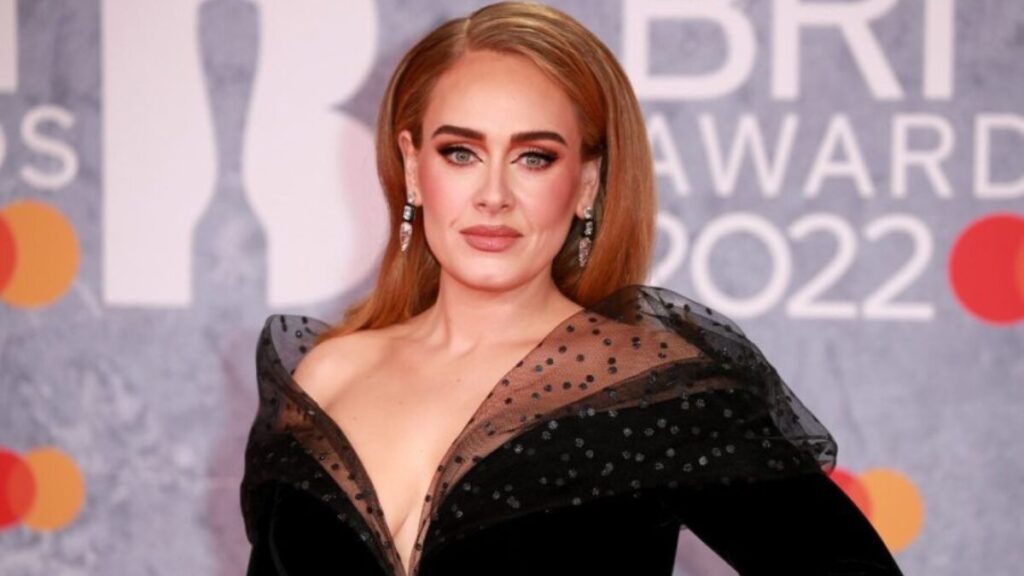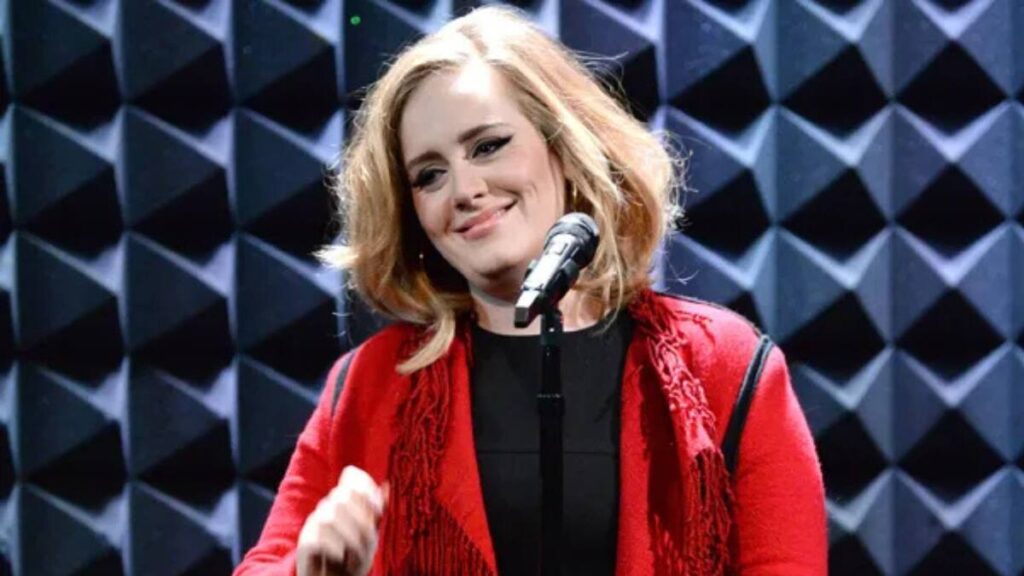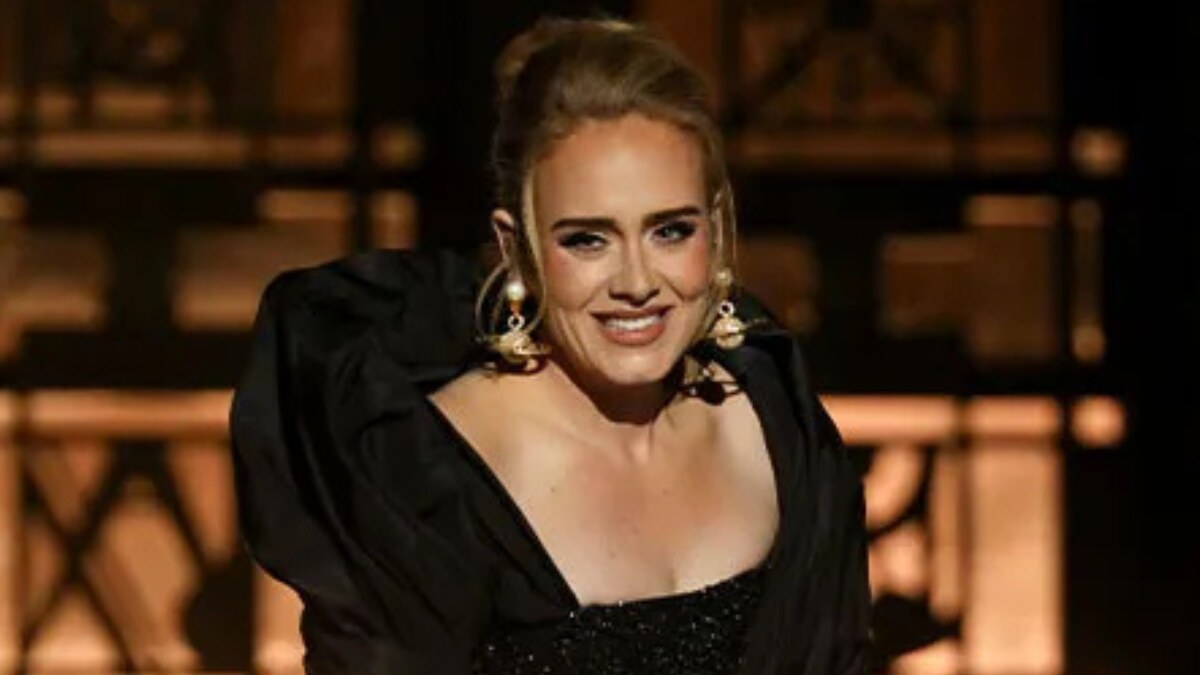In 2022, Adele began earning over $1 million per night performing at Caesars Palace—an astonishing figure for an artist who once sang to pub crowds in Tottenham. But her story isn’t just one of massive paydays and sold-out arenas. Adele’s rise from a soulful London teenager with a heartbreak-laced debut (19) to a global powerhouse with a minimalist brand and maximalist impact is one of modern music’s most compelling evolutions.
Across four studio albums and nearly two decades, she’s not only sold over 100 million records but maintained a rare balance: emotionally raw artistry and financial restraint. Her net worth—estimated to be over $220 million by 2025—isn’t defined by endorsements or fashion lines, but by the power of her voice, her pen, and her timing. This timeline examines how Adele’s career choices, life events, and musical milestones contributed to the development of her fortune without compromising her identity.
2008–2010 — The ‘19’ Era: Breakout Voice, Modest Earnings
When ‘19’ was released in January 2008, Adele was just 19 years old—an unknown name with a MySpace buzz and a voice that felt decades older than she was. Glossier pop acts and electro revival dominated the UK music scene at the time, but Adele’s stripped-down sound—rooted in heartbreak, jazz, and soul—cut through the noise. Her performance on Later… with Jools Holland turned heads, and “Chasing Pavements” secured her first real chart success. Soon after, she won the Critics’ Choice BRIT Award and was dubbed “an artist to watch” by just about everyone.
Still, the money didn’t come rushing in. As she later admitted in interviews, “I wasn’t expecting to make any money. I just wanted to make a record.” Her debut earned solid sales and critical acclaim, but with modest advances and low-cost tours, Adele’s net worth hovered in the low millions by 2010—respectable, but far from superstar wealth. It was a crucial period that proved fame and fortune don’t always arrive together, even when the talent is undeniable.
2011–2014 — ‘21’ and the Million-Dollar Voice That Changed Everything
In 2011, Adele didn’t just release an album—she unleashed a cultural moment. ‘21’ was heartbreak crystallized into music, delivered with such rawness and control that it didn’t just chart; it rewrote what success looked like in the digital age. Anchored by the gut-punch ballad “Someone Like You,” the album struck a nerve with listeners across generations. When Adele performed it live at the BRIT Awards, accompanied only by piano and silence, tears followed—not just in the audience, but around the world. That emotional honesty turned into something rare: mass commercial appeal without compromise.
‘21’ sold more than 30 million copies globally, making it the best-selling album of the 2010s. It dominated charts in over 20 countries, with singles like “Rolling in the Deep” and “Set Fire to the Rain” further driving radio royalties, sync deals, and licensing fees. But beyond the obvious revenue streams, Adele’s true financial leap came from owning her songs. As both performer and co-writer on most tracks, she secured a major share of publishing royalties—arguably the most stable, long-term income in music.

According to industry insiders, songwriters can earn 9–12% of each track’s revenue. With her catalog in constant global rotation, Adele’s decision to write from the start was a business move cloaked in artistry. By 2014, her estimated net worth soared to $60 million, built not just on performance but on publishing—a quietly brilliant foundation that would pay dividends for decades to come.
2015–2018 — ‘25’, Record-Breaking Sales, and Personal Growth
By the time ‘25’ dropped in late 2015, the music industry had changed—but Adele hadn’t. Streaming was overtaking downloads, attention spans were shrinking, and artists were expected to be influencers, moguls, and marketers. Yet here came Adele: no Instagram blitz, no endorsement deals, no collabs with fashion brands—just a heartbreak anthem, a flip phone in the “Hello” video, and that voice.
And somehow, it worked better than anyone imagined. ‘25’ sold 3.38 million copies in its first week in the U.S. alone—a record that still stands. In a time when albums were reportedly “dead,” hers was a juggernaut. The combination of scarcity, emotional gravity, and vocal power made every release feel like an event. With only a handful of live appearances and selective press (including a now-iconic BBC special and a limited U.S. tour), Adele generated hundreds of millions in album and ticket sales, proving that mystique, not saturation, could still sell.
Financially, she leaned into her strengths: music, publishing, and touring. She didn’t chase brand deals or monetize her image through product lines. Instead, she built quiet, compounding wealth through ownership and restraint. By 2018, Adele’s net worth was estimated at $185 million—a number that reflected not only commercial success, but a growing confidence in doing things her way.
While this timeline covers the growth over time, here’s a breakdown of the key income streams powering her empire today.
2019–2021 — Divorce, Hiatus, and a Net Worth in Flux
Between 2019 and 2021, Adele stepped out of the spotlight—and into one of the most private yet publicly scrutinized chapters of her life. Her divorce from Simon Konecki, finalized in 2021, marked not just a personal turning point but a financial one. With no prenuptial agreement in place, headlines swirled with speculation about how her estimated $180+ million fortune might be divided. But Adele, true to form, handled it quietly, with both parties reportedly agreeing to joint custody and an amicable settlement.
The legal complexities of a UK-born artist with U.S.-based assets added further nuance. Adele owned multiple properties across London and Beverly Hills, including a gated compound that would be reshuffled as part of the divorce. Yet while legal fees and property transfers affected her bottom line, her back catalog continued to generate millions in royalties, streaming, and licensing—ensuring that her net worth, though temporarily in flux, never truly faltered.
During this hiatus, Adele wasn’t releasing music, but she was still earning. Her publishing rights, album sales, and previous touring income created a financial buffer most artists can only dream of. By the end of this period, estimates suggested her net worth had dipped slightly but stabilized around $170 million—a testament to the long tail of smart ownership and sustained emotional resonance in her work.
Alongside music income, how real estate became a silent pillar of Adele’s wealth is another key chapter in this story.
2021–2023 — ‘30’, Media Rebirth, and the Vegas Gamble
When Adele returned with ‘30’ in November 2021, it wasn’t just a new album—it was a reckoning. Written in the wake of her divorce and framed as a message to her son, the record was raw, ruminative, and emotionally unguarded. Rather than chase radio hits, Adele leaned into introspection, embracing piano ballads and complex narratives that defied the pop playbook. And yet, it worked—again. ‘30’ debuted at No. 1 in over 20 countries, became the best-selling album of the year globally, and proved that emotional truth still sells.
She rolled out the project with masterful timing: an intimate sit-down with Oprah Winfrey in a rose garden, dual Vogue covers, and an LA concert special broadcast on CBS. These moments reminded the world of her humanity, but they also strategically re-established her brand in a media ecosystem obsessed with reinvention. Adele didn’t need to reinvent—she just needed to reappear.
Then came Las Vegas. Weekends with Adele, her long-anticipated Caesars Palace residency, was initially marred by a tearful postponement just 24 hours before opening night. Critics braced for a backlash. But when the curtain finally lifted in late 2022, the residency became a sensation. Playing to intimate crowds of just over 4,000, Adele performed with stripped-back staging and soaring vocals—no pyrotechnics needed. Demand was overwhelming: resale tickets soared into the thousands, and the show was extended through 2023.
Earning an estimated $1–2 million per performance, the residency reportedly added over $50 million to her net worth. More importantly, it solidified her rare positioning: not just a voice of a generation, but an artist whose business decisions—like her songs—prioritize connection over flash.
For a closer look at the exact figures from her 2025 Vegas residency, this post offers a full earnings breakdown.
2024–2025 — The Legacy Phase: Endorsements, Expansions, and Billionaire Rumors?
As Adele steps into the mid-2020s, her career appears less like a chaptered discography and more like a carefully stewarded legacy. With Weekends with Adele extended into 2025 and no signs of overexposure, industry insiders are asking: what’s next for the singer who built a fortune without selling a single sneaker, skincare line, or vodka brand?

While speculation swirls about a possible foray into lifestyle ventures—some point to wellness or children’s content, inspired by motherhood—Adele has so far resisted the commercial pull that defines many of her peers. Yet behind the scenes, she’s not just an artist, but a businesswoman. Her company, Melted Stone Ltd., quietly manages her recording royalties, publishing, and brand licensing, showing a deliberate structure around her earnings.
Financial analysts now estimate her net worth at $220 million, thanks to a potent mix of streaming royalties, catalog longevity, real estate assets, and Vegas income. Some even whisper billionaire potential by the early 2030s, though such claims are speculative and likely premature.
Still, the momentum is clear. Whether Adele expands her empire or continues with elegant restraint, her legacy is already one of intentional growth, financial autonomy, and rare staying power in a volatile industry.
To see how Adele’s current net worth strategy and long-game financial model all come together in 2025, explore this deep-dive on her fortune’s foundations.
From One Star to Another: How Adele’s Wealth Stacks Up in the Music Industry
In the constellation of modern music’s elite earners, Adele stands out not just for her voice—but for her business model. As of 2025, her estimated net worth hovers around $220 million. That places her among the top-tier earners in the industry, yet she’s achieved it without touring constantly, launching multiple product lines, or turning herself into a commercial brand.
Compare that to Taylor Swift, whose Eras Tour alone may surpass $1.5 billion in gross earnings, fueling her net worth to an estimated $1.6 billion. Or Beyoncé, whose diversified empire—including Ivy Park, brand deals, and streaming partnerships—has built her fortune to roughly $600 million. Ed Sheeran, who shares Adele’s songwriting prowess and relentless touring schedule, is estimated at $350 million.
What separates Adele is restraint. She doesn’t license her name, endorse products, or flood the market with merchandise. Her fortune is built almost entirely on music sales, publishing rights, real estate, and select live performances—making her one of the rare few whose wealth still stems from the strength of their catalog, not just their brand.
To understand how Adele’s financial path compares to Taylor Swift’s empire, this head-to-head breakdown covers the contrast.
Why Adele’s Net Worth Story Matters to Me
I’ve watched Adele’s career unfold not just as a fan, but as someone quietly fascinated by how she’s managed to sidestep the frenzy of fame while still building a financial empire. In an industry that often rewards overexposure and reinvention, she stayed exactly who she was—grieving out loud, disappearing when she needed to, and showing up only when she had something to say. That kind of restraint isn’t just rare; it’s radical.
What moves me most is how her net worth feels earned, not engineered. No brand collabs. No perfume launches. Just a voice, a pen, and choices that made her wealth feel like a byproduct of truth rather than a pursuit of it. Adele reminds me that success doesn’t have to look loud to be lasting.
The Price of Talent — And Its True Worth
Adele’s net worth isn’t just a figure—it’s a mirror reflecting how rare it is to succeed without selling yourself short. In a world where fame is often engineered and monetized to the brink, she’s quietly redefined what artistic wealth can look like: grounded, deliberate, and deeply personal. Her story challenges the idea that more visibility equals more value.
What if real success is about choosing what not to chase? In Adele’s case, the true worth lies not just in the millions earned—but in the millions moved.
Nishant is a digital strategist and celebrity finance analyst with over 15 years of experience in SEO-driven content. As Founder of TheNetWorths.com, he creates high-authority profiles on wealth, branding, and cultural influence.




















5 thoughts on “Adele’s Net Worth Timeline: From ‘19’ to Vegas Headliner (2008–2025)”